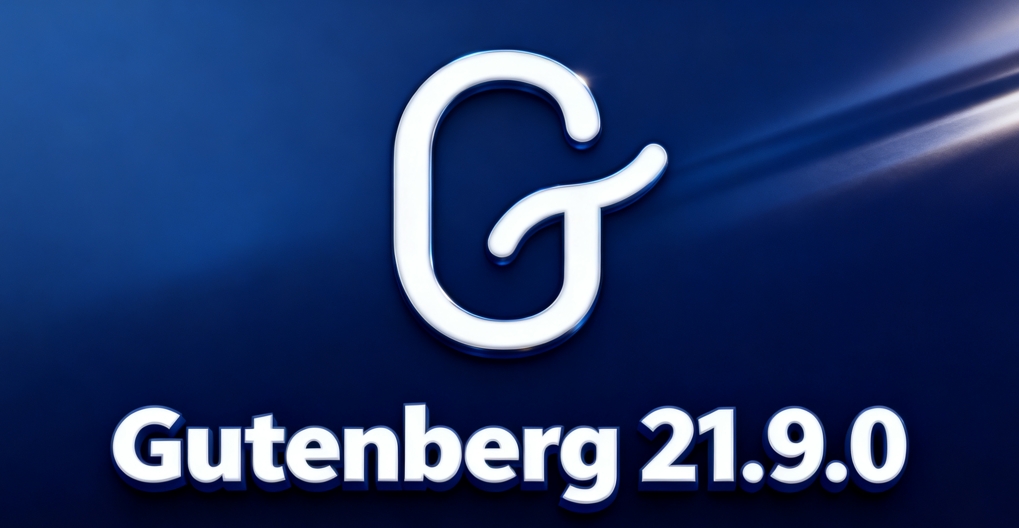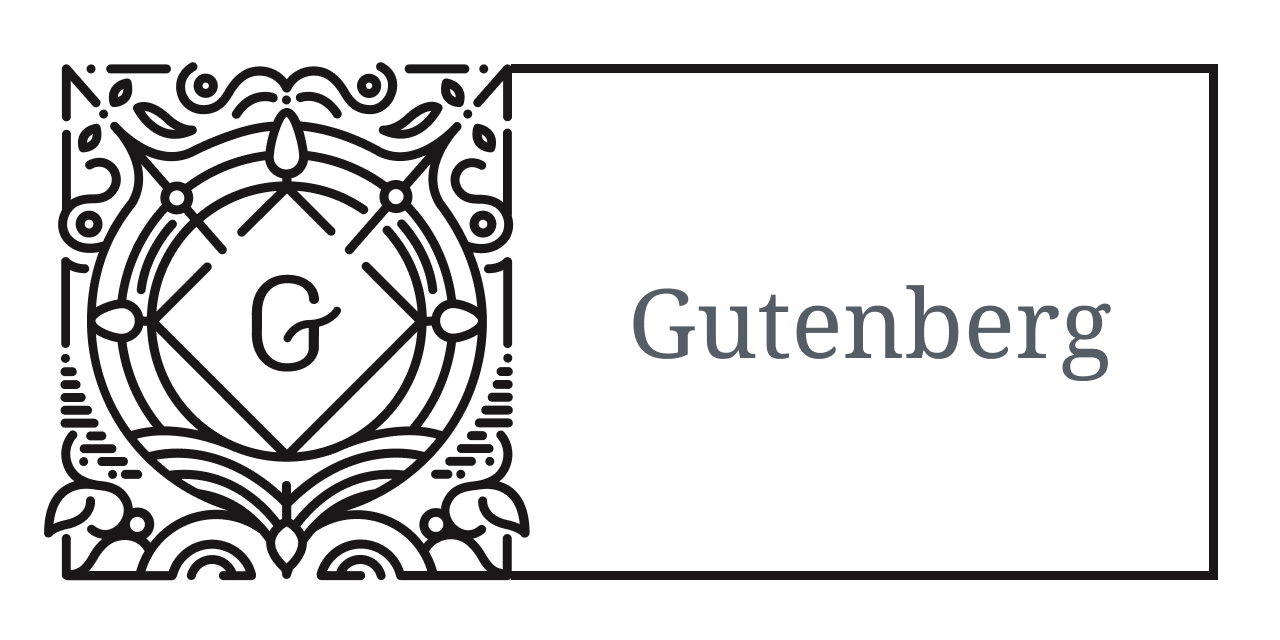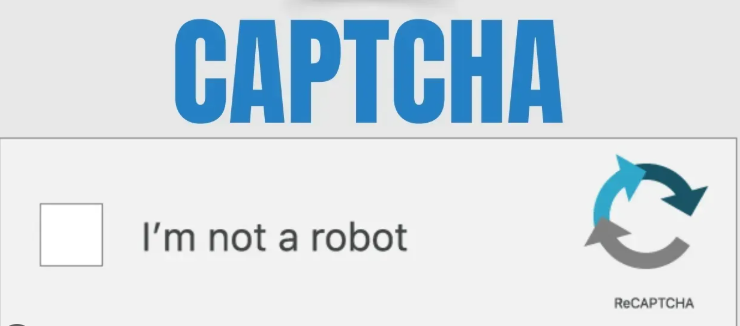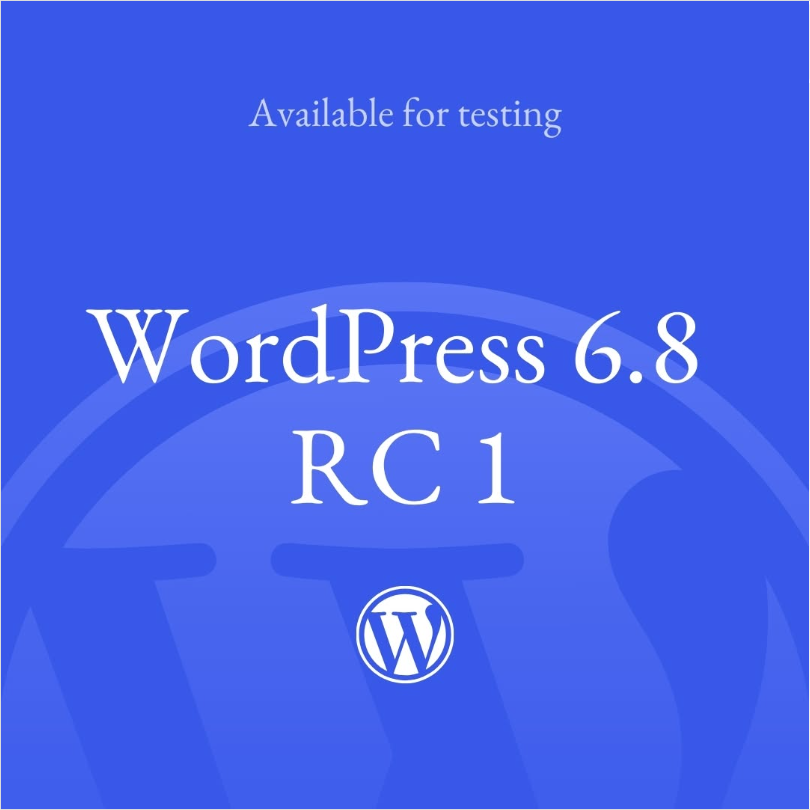I want to use the pages made by Elementor with the TranslatePress Make a truly "searchable" multilingual site? The key is in three things: URL structure, hreflang markup, sitemap linkage. The following is a complete practice from the architecture to the ground, the length of the concise but detailed to directly follow!
![Image[1]-Elementor×TranslatePress Multilingual SEO Ultimate Hands-on: URL, hreflang, Sitemap All at once!](http://gqxi.cn/wp-content/uploads/2025/10/20251020173926474-image.png)
1. Architecture first: laying the groundwork for multilingualism
1.1 Selecting a URL schema
Recommended Priority: Subdirectories > Individual Domains > Subdomains
- Subdirectories (examples: /en/, /fr/)
Benefits: simple deployment, centralized weights, low maintenance costs
TranslatePress Settings: Settings → General → URL slug selection Subdirectory for each language
![Image[2]-Elementor×TranslatePress Multilingual SEO Ultimate Hands-on: URL, hreflang, Sitemap All at once!](http://gqxi.cn/wp-content/uploads/2025/10/20251020183813191-image.png)
- Individual domain names (example: site.fr)
Pros: extremely localized for countries with mature markets
Requirements: TranslatePress Pro Multiple Domains per Languageand validate it in DNS/SSL, Search Console, and so on.
![Image[3]-Elementor×TranslatePress Multilingual SEO Ultimate Hands-on: URL, hreflang, Sitemap All at once!](http://gqxi.cn/wp-content/uploads/2025/10/20251020182503425-image.png)
- Subdomains (example: en.site.com)
Medium complexity, need to be added separately to Search Console
1.2 Fixed Links and Classification Structure
- WordPress → Settings → Fixed Links: Using the /%category%/%postname%/ maybe /%postname%/
- Don't use the same slug in different languages;TranslatePress Translate slugs for each article, category, and tag in the
- Avoid Chinese spaces and special symbols; URLs should be in lowercase with short horizontal lines.
![Image[4]-Elementor×TranslatePress Multilingual SEO Ultimate Hands-on: URL, hreflang, Sitemap All at once!](http://gqxi.cn/wp-content/uploads/2025/10/20251020182634787-image.png)
1.3 Language Visibility and Default Languages
- TranslatePress → Settings → General
- Force language in custom links: Turn on to ensure that internal links always have a language prefix
- Use a subdirectory for default language: It is recommended to turn it on, the default language also has a clear path for hreflang to align with the sitemap.
![Image[5]-Elementor×TranslatePress Multilingual SEO Ultimate Hands-on: URL, hreflang, Sitemap All at once!](http://gqxi.cn/wp-content/uploads/2025/10/20251020182754502-image.png)
2. Elementor Configuration: Making Every Component "Readable"
2.1 Translatable and indexable
- Use standard widgets in Elementor for headings, text, buttons, etc. to avoid making entire paragraphs into images
- Image ALTs, link text, and button text are available in the TranslatePress Translation in the front-end visualization translator of the
![Image[6]-Elementor×TranslatePress Multilingual SEO Ultimate Hands-on: URL, hreflang, Sitemap All at once!](http://gqxi.cn/wp-content/uploads/2025/10/20251020184234896-image.png)
- When using dynamic fields such as "Site Title" and "Site Description", make sure to set separate values for each language in the SEO plugin.
2.2 Templates and archiving
- Header/Footer, Single, Archive templates need to be tested to see if the multilingual switch drives to the correct category and article.
- Elementor Loop/Query: Categories and tags should use the term ID of the corresponding language; avoid cross-language mashups.
2.3 Performance and Indexing
- On-demand lazy loading of Lottie/video modules for multilingual duplicates
- Content in different languages on the same page needs to be unique: title + first paragraph + internal link differences to avoid "translation without localization".
3. hreflang landing: telling search engines "who's who in whose language"
3.1 Automatic vs. manual
- TranslatePress automatically outputs
<link rel="alternate" hreflang="…"> - Checkpoints: each language points to each other, contains self-references, and contains
x-default(can point to language selection page or default language)
![Image [7]-Elementor×TranslatePress Multilingual SEO Ultimate Hands-on: URL, hreflang, Sitemap All at once!](http://gqxi.cn/wp-content/uploads/2025/10/20251020184811891-image.png)
3.2 Typical examples
Note the use of area codes for regionalization:en-GB,en-US,fr-FRThe URLs should be in the same area as the content or currency/unit of the region.
3.3 Common errors
- Absence of self-references or interlinks to a language version
- hreflang Points to 301/404/address with UTM
- Identical content in different languages and machine translation only, no localization differences
4. Site map: what Search Console can catch counts!
![Image[8]-Elementor×TranslatePress Multilingual SEO Ultimate Hands-on: URL, hreflang, Sitemap All at once!](http://gqxi.cn/wp-content/uploads/2025/10/20251020184928597-image.png)
4.1 Who generates the sitemap
- Use Yoast SEO or Rank Math (both adapted to TranslatePress).
- Keep only one SEO plugin for sitemap functionality to avoid duplication
4.2 Coverage of Multilingual URLs
- The sitemap index should list for each language the
post-sitemap.xml,page-sitemap.xmlet al. (and other authors) - Open your browser and check: each article
<loc>Whether the language prefix is present; whether the corresponding page source code contains the correct hreflang
4.3 Search Console Submission Policy
- Subdirectory model: one attribute to submit a full-volume sitemap
- Separate domain/subdomain model: create separate properties for each domain and submit sitemaps separately
- Crawl statistics: compare the number of "found/indexed" in different languages, and continuously clean up 404s and redirects.
5. Internal links and navigation: sending weight and users to the right language
5.1 Internal linking specifications
- Switch languages before inserting links in the editor, then select the target page
- Unify relative or absolute path policies; turn on TranslatePress' "force language" option
- Category pages, tabs, and on-site search pages should have language prefixes
![Image [9]-Elementor×TranslatePress Multilingual SEO Ultimate Hands-on: URL, hreflang, Sitemap All at once!](http://gqxi.cn/wp-content/uploads/2025/10/20251020185058367-image.png)
5.2 Menus and Breadcrumbs
- Maintain separate menus for each language
- SEO plugin's breadcrumb component is multilingual, with paths consistent with URL slugs
6. Redirection, normalization and duplication of content
6.1 Normalized labels (canonical)
- Each language version canonical points to its own URL in the same language.
- Disable canonical to default language.
![Image [10]-Elementor×TranslatePress Multilingual SEO Ultimate Hands-on: URL, hreflang, Sitemap All at once!](http://gqxi.cn/wp-content/uploads/2025/10/20251020185804468-image.png)
6.2 Redirection Strategy
- Always use 301 for migration of historical URLs to new language paths
- Automatic language jumping based on IP is not recommended; use of an obvious language switcher is sufficient
7. Images, media and localization details
7.1 Media multilingualism
- Picture ALT, Title, Description Text Translated One by One
![Image [11]-Elementor×TranslatePress Multilingual SEO Ultimate Hands-on: URL, hreflang, Sitemap All at once!](http://gqxi.cn/wp-content/uploads/2025/10/20251020185943967-image.png)
- If the image contains English text, prepare the corresponding language version; or use CSS text layer to override it.
7.2 Structured data
- Output the schema of Article/Product with SEO plugin, fill in localized title and description in different languages.
- Price/currency localization should be consistent with the region hreflang; without price, the units and format should be consistent.
8. Testing and troubleshooting checklists
![Image [12]-Elementor×TranslatePress Multilingual SEO Ultimate Hands-on: URL, hreflang, Sitemap All at once!](http://gqxi.cn/wp-content/uploads/2025/10/20251020190110311-image.png)
8.1 Page-level checking
- View source: Is there a complete hreflang collection with self-referencing
- Polling language URLs with browser address bar: all return 200, no jump, no noindex
- Does Canonical point to a URL in the same language as this page?
8.2 Site Map and GSC
- Whether the site map coverage equals the total number of published pages (by language)
- GSC Match the "language/region" in the "language/region" expected; manually submit key pages for crawling.
8.3 Performance and Accessibility
- Multilingual pages Core Web Vitals should not be significantly degraded
- The language switcher is recognized by the keyboard and the screen reader.
langAttributes are correct
9. Teamwork and release process
- Content translation (with slug, title, Meta, ALT)
- Localized revisers (units, dates, examples, legal)
- Technical checks (URL, hreflang, canonical, internal links)
- Site Map Refresh and GSC Submission
- Logging: list of new language URLs, redirection tables, point of difference descriptions
10. Quick questions and answers
- Do I have to prefix the default language with something like /en/?
Highly recommended. Unifying path rules simplifies the generation and maintenance of hreflang and sitemaps.
- Is machine translation downgraded?
Translation can be used as a starting point, but localized touches and differentiated content are required; full machine translation with no gain is easily judged as thin content.
- Should the categories and tags be translated?
To. and translate its slug and use the category and tag only in articles in the corresponding language.
Link to this article:http://gqxi.cn/en/78829The article is copyrighted and must be reproduced with attribution.






















No comments